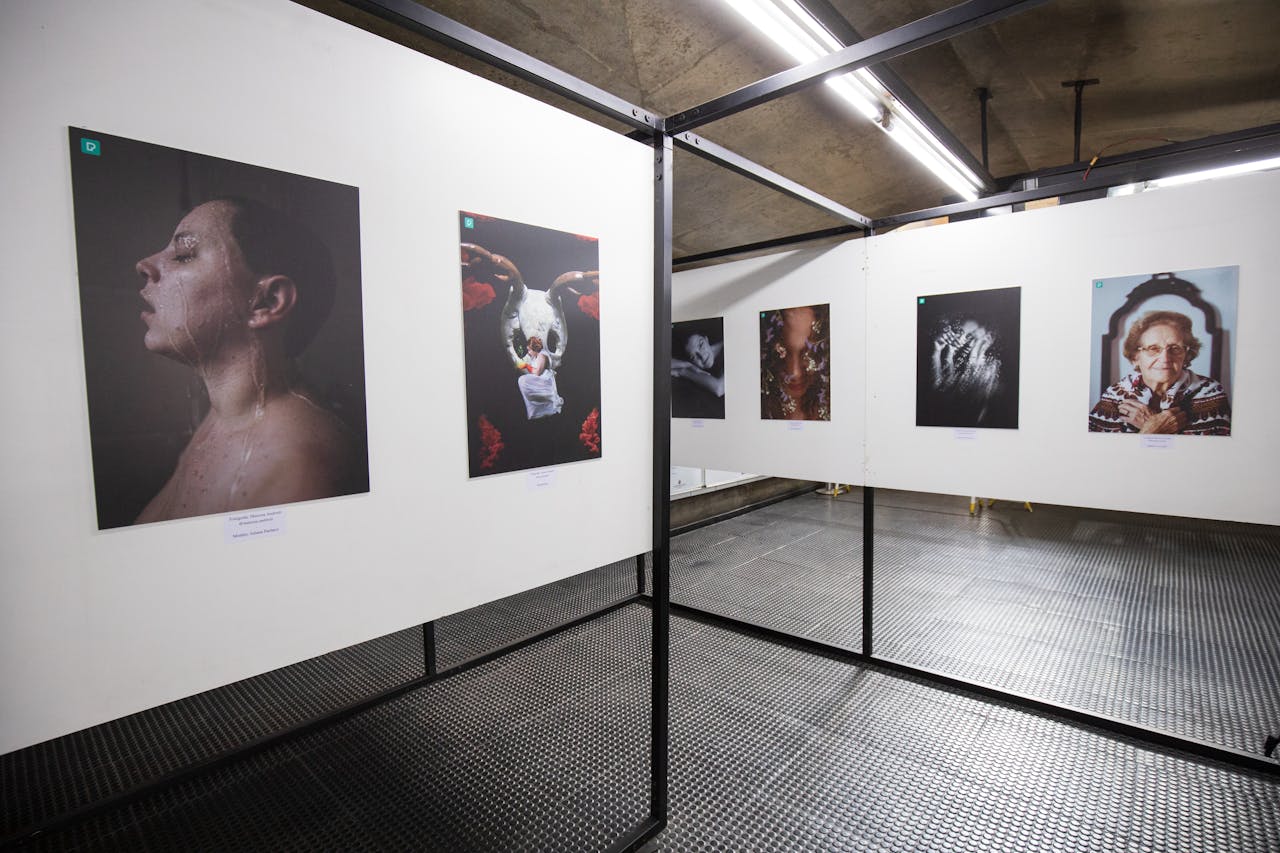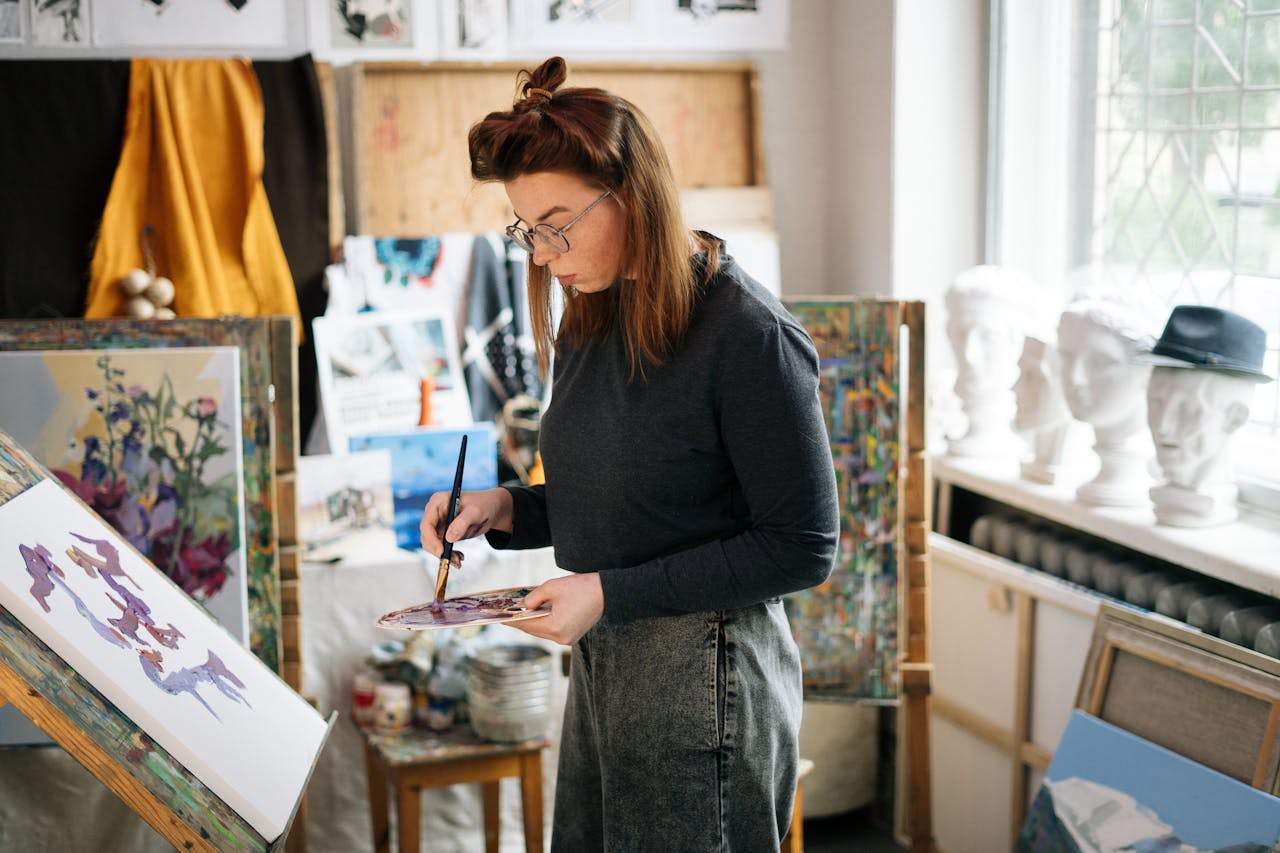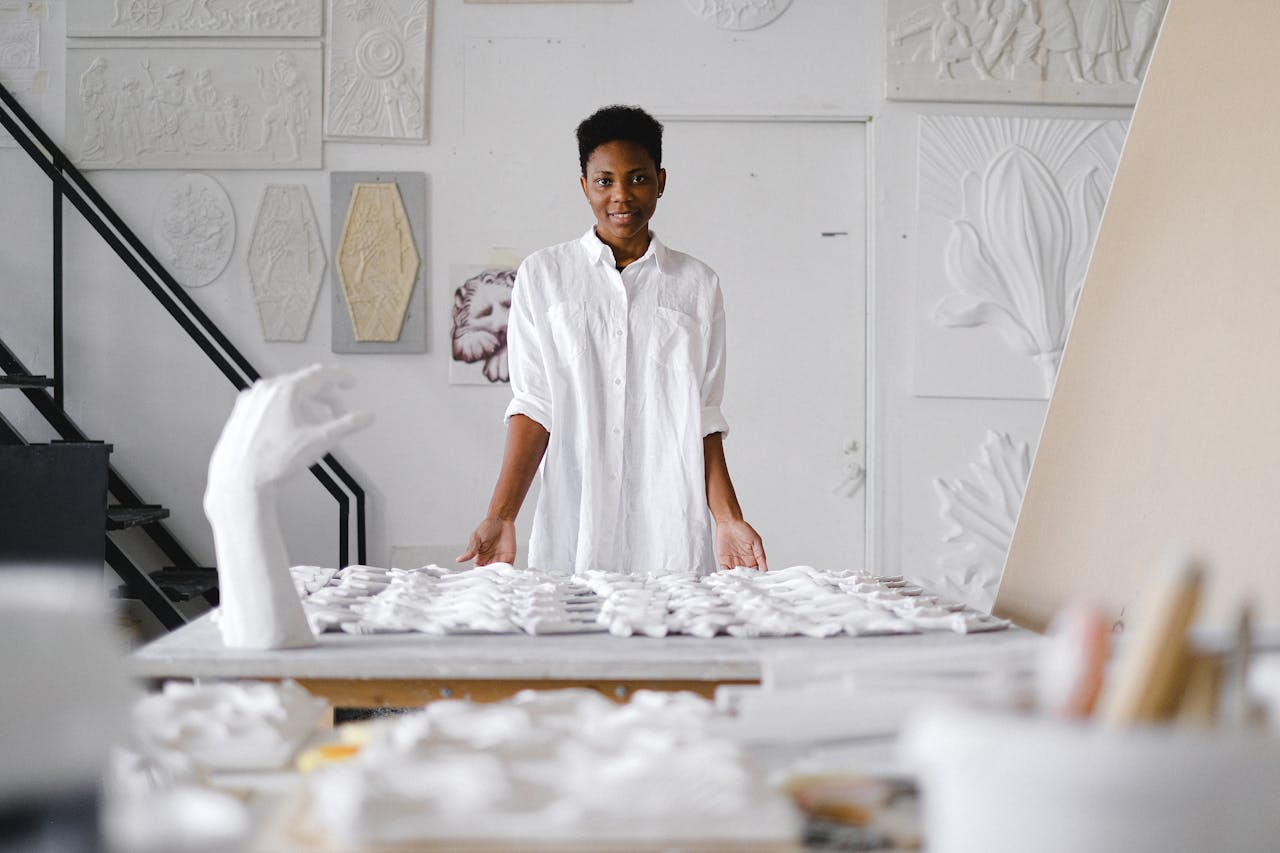As an art student, your portfolio is a collection of your best work and a visual history of your artistic journey, skills and vision. A strong portfolio showcases your creativity, technical skill and development and is a powerful tool when applying for art schools, scholarships, exhibitions, or jobs. Building an impressive portfolio requires careful planning, a targeted selection of work, and thoughtful presentation. Below are key steps to help you create a portfolio that stands out.
1. Understand the purpose and the target audience
Before assembling your portfolio, you should be clear about its purpose. Are you applying for a graduate program? Are you aiming for an exhibition in a gallery? Are you targeting a potential client or job? Once you are clear about the purpose, you can choose the right images that will appeal to your audience.
For example, if you’re applying for a degree program, your portfolio should highlight your conceptual thinking, technical skills and the diversity of your work. If you\’re applying for a client or a job, you should highlight professional projects or work that fits the industry.

2. Showcase your best work
Your portfolio is a reflection of your strongest artistic abilities. Only include work that you are truly proud of. Quality always outweighs quantity. Even if you have less work, it is better to showcase high-quality work than to fill the space with weaker or incomplete projects.
Look at your entire body of work and select the pieces that show your mastery, originality and attention to detail. Include projects that showcase different aspects of your skills — drawing, painting, sculpture, digital art or mixed media — depending on your artistic focus
3. Emphasise a range of skills and styles
Versatility is the key to showing your versatility as an artist. Put together a mix of works that show a range of techniques, media and concepts. For example, if you excel in both painting and sculpture, include strong examples from both areas.
While diversity is important, there should still be a sense of coherence or personal style that ties your work together. The works in your portfolio should reflect your unique voice as an artist, even if you experiment with different techniques or media.
4. Tell a visual story
Your portfolio should not just be a random collection of artworks, it should tell a cohesive story. This could be a journey through your artistic development, an exploration of a central theme, or a reflection of your growth and skills over time. Organize your portfolio in a way that guides the viewer through your creative process.
For example, you could start with basic works that show your technical skill, then move on to more conceptual works that show your creative thinking, and end with your most ambitious and innovative projects.

5. Attach unfinished work and sketchbooks
Many institutions and employers want to see how you think and develop ideas. A section of unfinished work, studies or even pages from your sketchbook can provide insight into your creative process. These works don’t have to be polished but should reflect your approach to problem-solving, experimentation and idea generation.
6. Consider the presentation
The way you present your work is just as important as the work itself. Digital portfolios are often the norm, especially if you are applying to schools, galleries or job opportunities. Invest time in creating a clean, well-organized website or PDF portfolio. High-resolution images are crucial; blurry or poorly lit photos can detract from the impact of your work.
For physical portfolios, make sure your work is clean, well-mounted or framed and thoughtfully arranged. Pay attention to presentation details such as frames, labels and the overall layout.
7. Look for feedback
It’s easy to get attached to your work, which makes it difficult to be objective. This is where feedback comes in. Show your portfolio to professors, mentors or colleagues to receive constructive criticism. They can help you figure out what work stands out, what might need to be left out and how you can improve your overall presentation.
Getting feedback early in the process of creating your portfolio will help you refine your selections.
8. Update and adapt regularly
A portfolio is a living document that should evolve as you grow as an artist. Update it regularly with new work and remove works that no longer reflect your best efforts. As you apply for different types of opportunities (schools, jobs, exhibitions), adapt your portfolio to each situation.
For example, a portfolio for a scholarship might focus on conceptual or experimental work, while a portfolio for a job in graphic design might contain more commercial work.
9. Create a professional statement
Many fine art portfolios require a personal or artistic statement that provides context for your work. This statement should be concise and explain your artistic philosophy, your influences and the themes you explore in your art. It is an opportunity to show your passion and connect with the viewer on a deeper level.

Conclusion
Building a strong portfolio is a process that requires careful composition, creative storytelling and constant refinement. By showcasing your best work, highlighting your versatility and presenting it in a polished format, you can create a portfolio that captures the essence of your artistic journey. Take the time to reflect on your work, seek feedback and evolve, and your portfolio will be an impressive testament to your development as an art student




